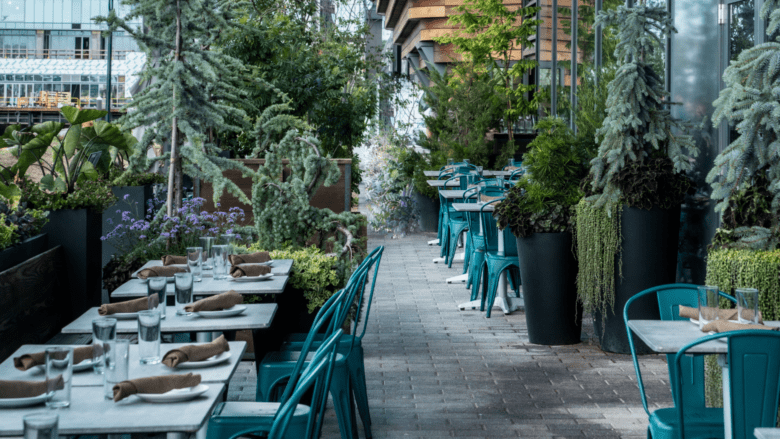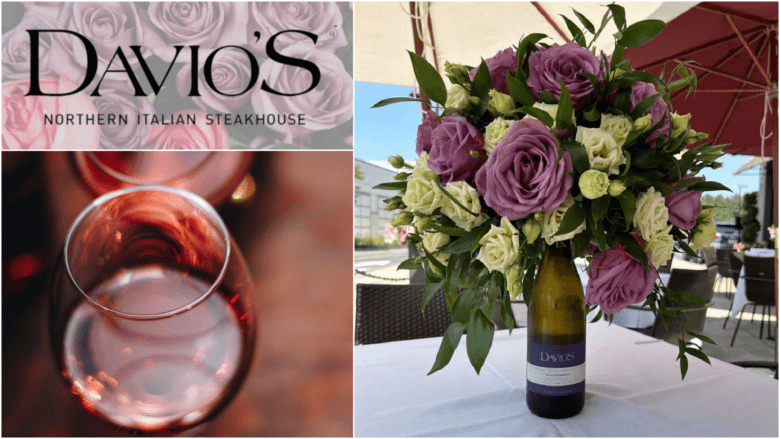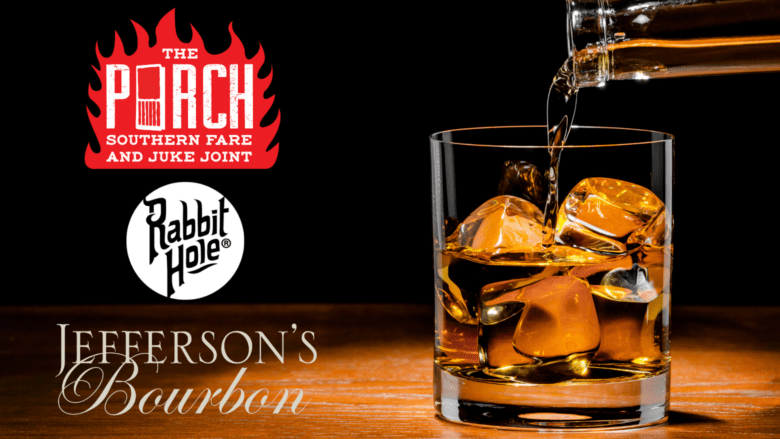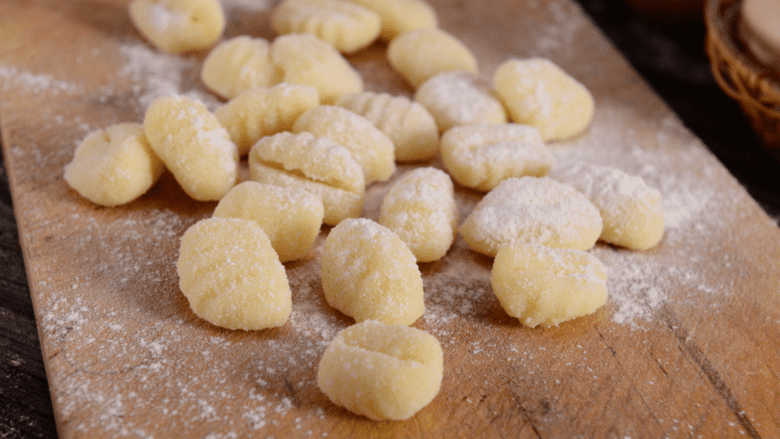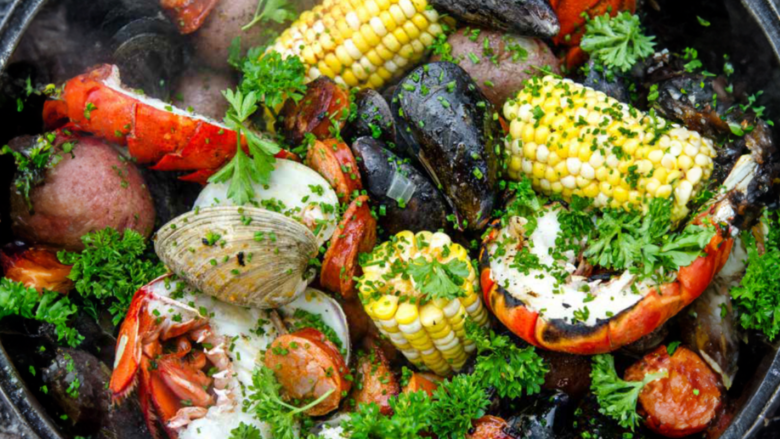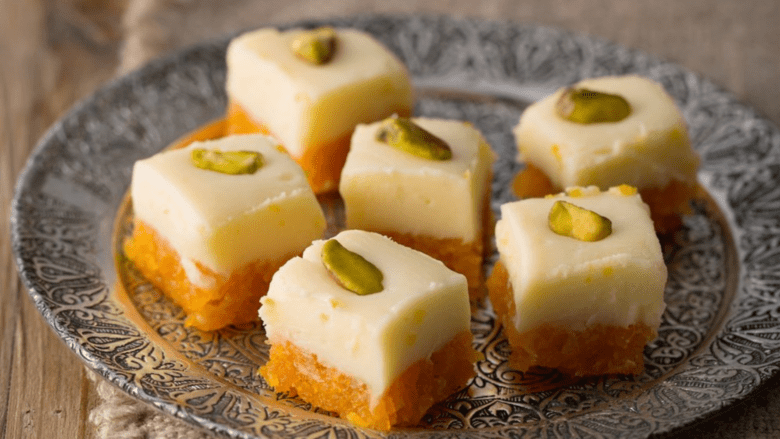The life cycle of a drink is as follows…
Someone invents something delicious. Word gets out; demand rises. Businesses jump on the newly-profitable beverage bandwagon, and as the drink’s popularity swells its quality inevitably wanes. An ersatz, mass-produced version reaches the market, and it sucks. No longer new or tasty, the oversimplified drink is declared gross, eventually relegated to the realm of bad taste. Years later, some enterprising nerd unearths the original recipe, and starts making it that way again. People are like: “No way, that’s delicious.” Rinse, repeat.
To see this formula in action, look no further than rosé, the daiquiri at your local cocktail bar, or the Star Wars franchise—all originally great, commercially bastardized, and recently made good again with a focus on quality ingredients and tried-and-true production methods. Add Lambrusco to the list.
A complex, pleasantly bitter, and delightfully effervescent Italian varietal, Lambrusco went the way of the dodo after a cheap and cloying version of its dolce style came to dominate the American market, mass-produced in the 70’s and 80’s as a high-sugar hangover-inducer popular among people who basically wanted red wine-flavored soda. If you’ve had it and hated it, you’re not alone.
But thanks to those crafty nerds, dry and respectable Lambrusco is back on the scene like your 90’s wardrobe—everyone’s a little surprised to see it, but they’re not as disappointed as they expected to be.
Here’s what you need to know.
Lambrusco is the name of both the grape and the area where it’s cultivated in northern Italy’s Emilia-Romagna region. They’ve been growing it there for centuries, and there are more than 60 varietals used to make the stuff, but the three you’ll find most often are Salamino, Sorbara, and Grasparossa. While Lambruscos are generally blended, those grapes provide a good weathervane for a wine’s profile: Sorbara makes more delicate, fragrant wines, Grasparossa tends to be rich and tannic, and Salamino is full-bodied and aromatic.
The wine can be pink or even white, though it’s rare, but reds are by far the most common. It comes in secco (dry), amiable (off-dry), and dolce (sweet) varieties, meaning there are enough combinations of grapes and styles to offer something to suit everybody’s taste. On the whole, Lambrusco will have a subtle fruit note, high acidity, and a slightly bitter, Campari-like finish.
No matter its profile, all Lambrusco is distinct for its bubbles, either frizzante (semi-sparkling) or spumante (fully sparkling). Like it’s vivacious cousin Prosecco, most Lambrusco on the market is force-carbonated after fermentation, but a few undergo second fermentation in-bottle (like Champagne) for smaller bubbles and a more natural character. And speaking of natural: wines made without sulphites (bacteria- and sometimes flavor- killing sulphur dioxide) are so hot right now. There are some Lambruscos on the market that utilize this free-spirited production method, allowing funky bacteria like lactobacillus and wild yeasts like Brettanomyces to add their microbial footprint to the wine.
Lambrusco pairs well with a number of fall favorites—the Emilia Romagna region is famous for hearty fare like polenta and pasta bolognese with extra Parmigiano Reggiano—so now is a great time to venture out and find your first bottle or stock up for the season. You’ll likely have better luck at a specialty shop than at Star Market, at least until good Lambrusco hits the mainstream again. Whether you like it dry and earthy or fruity and robust, Lambrusco is best served slightly chilled with a big plate of charcuterie and a bunch of friends to share it with.




